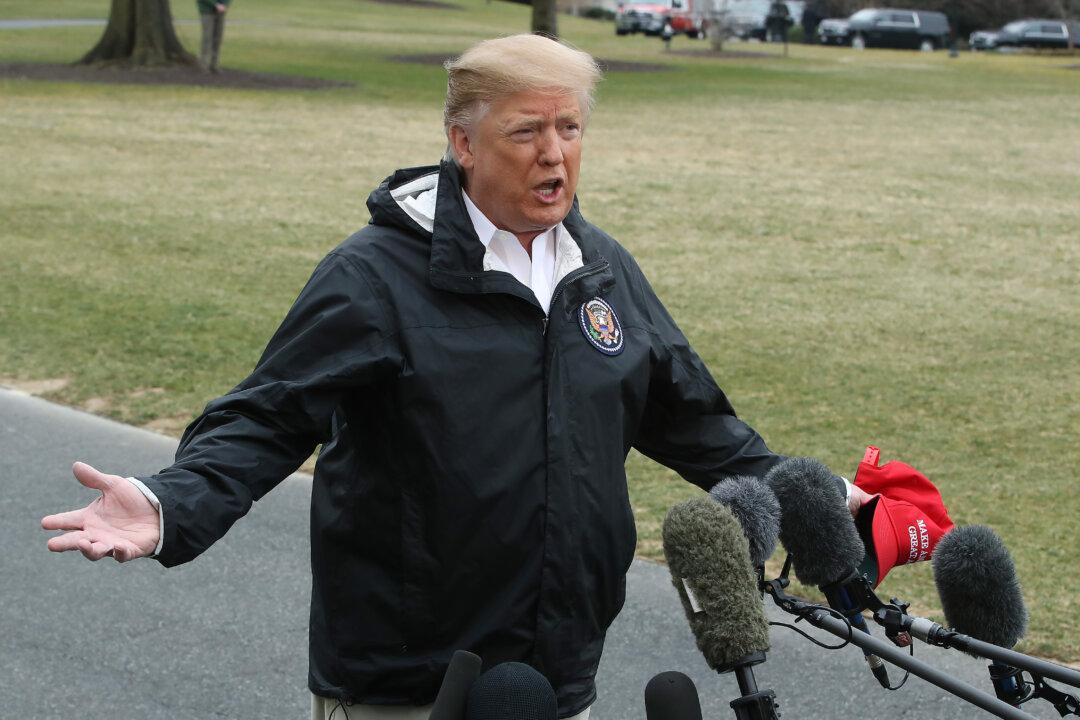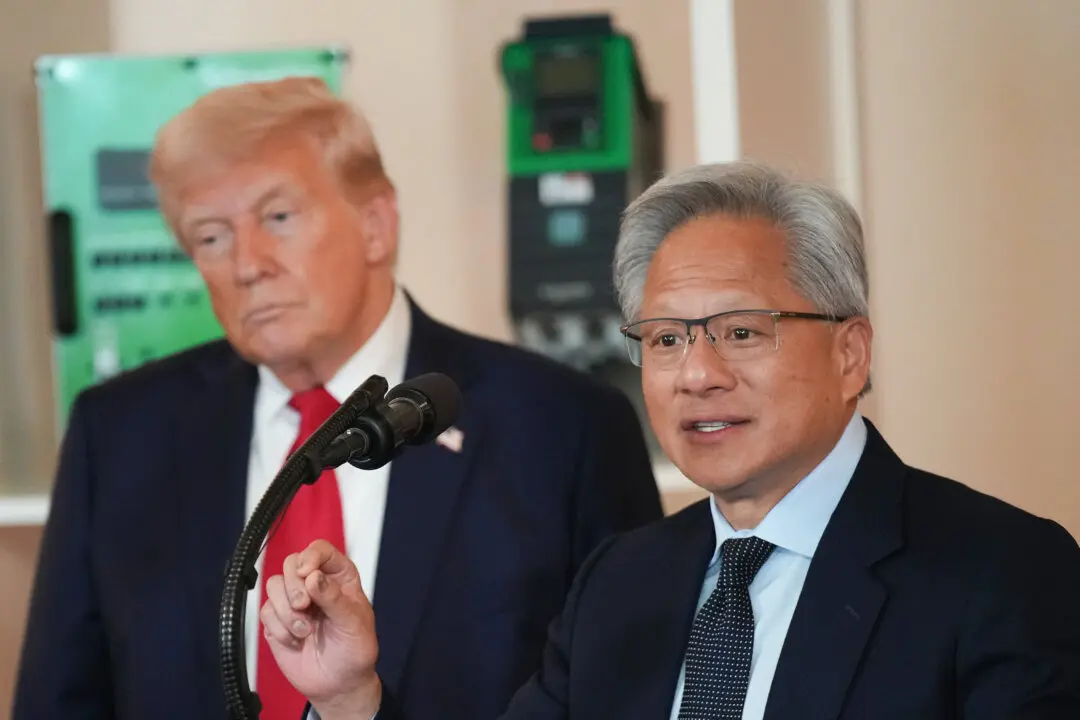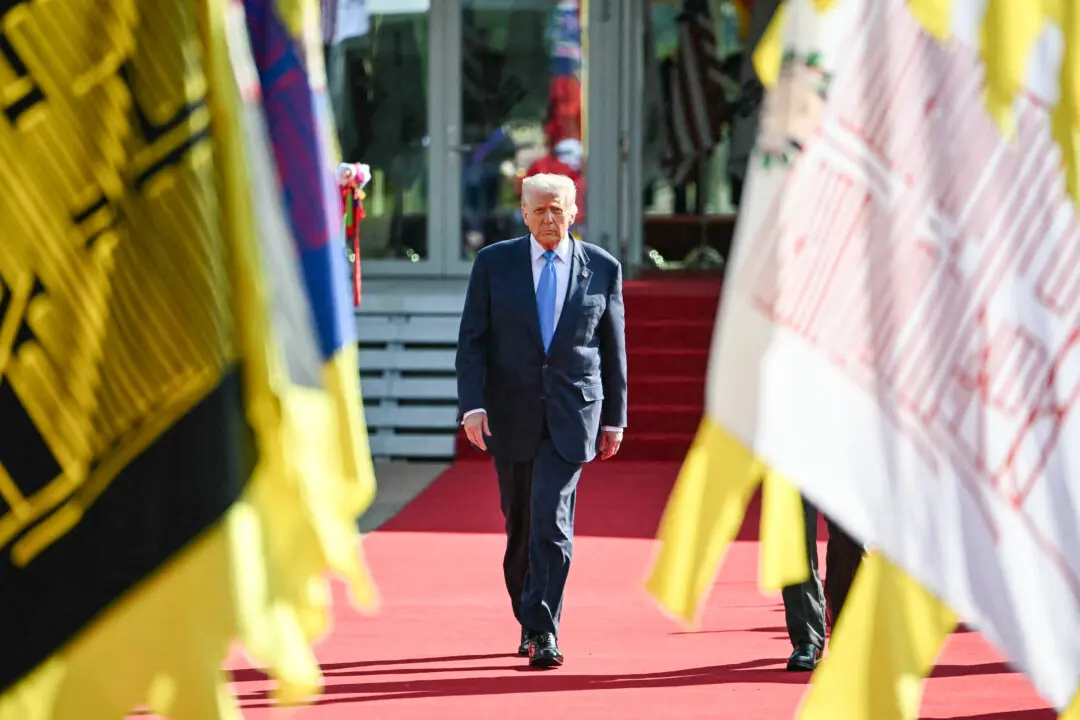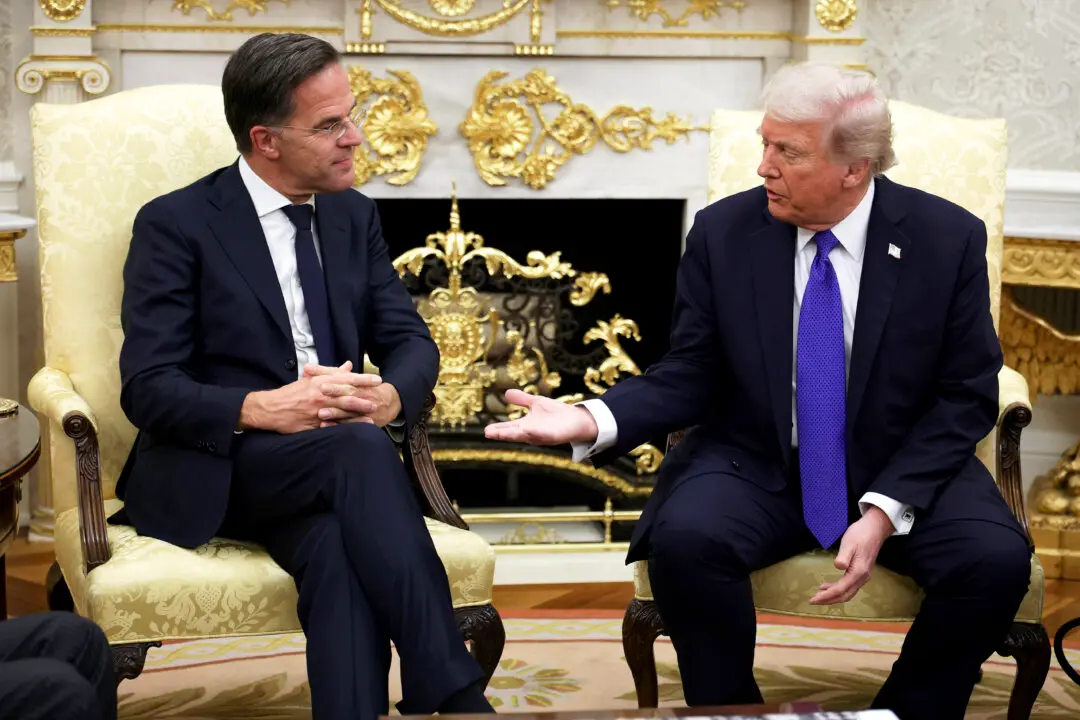WASHINGTON—The White House unveiled a new budget resolution calling for a significant cut to federal government spending. The proposal aims to reduce deficits by more than $2.7 trillion over 10 years and balances the budget in 15 years.
President Donald Trump unveiled a new outline for government spending on March 11, titled “A Budget for a Better America: Promises Kept. Taxpayers First.” This will be Trump’s third budget resolution sent to Congress.





